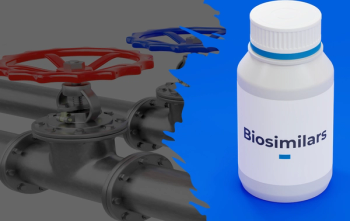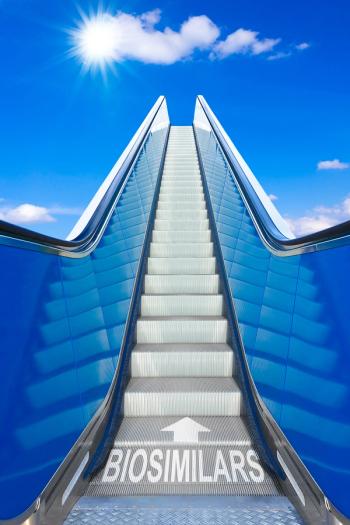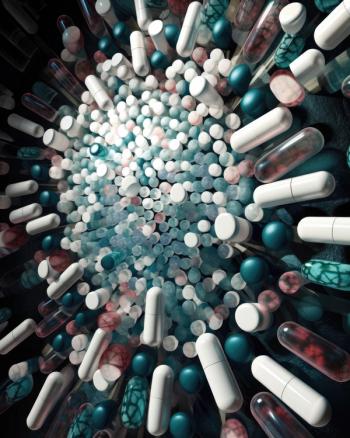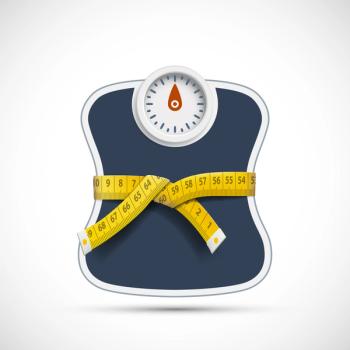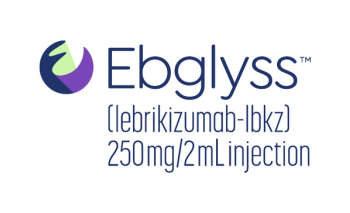
Trikafta Effective But Costly, Says Prime Therapeutics | AMCP Nexus 2022
A real-world study by the PBM shows major benefits from the new cystic fibrosis drug when it comes to hospitalizations and pulmonary exacerbations. But total cost of care of patients tripled because the drug is expensive.
When
Findings from a real-world evidence analysis by
But they also raise issues about costs, which tripled.
The research, published in a poster presented this week at the AMCP Nexus 2022 meeting in National Harbor, Maryland, shows that after starting Trikafta, the people with cystic fibrosis had markedly fewer in-patient hospitalizations during the six months after they started taking the drug than during the six months before they started taking it (199 before vs. 58 after, a 71% decrease). The same was true for pulmonary exacerbations (675 before vs.319 after a 53% decrease) and visits to the emergency department (126 before vs. 70 after, a 44% decrease).
The findings from Prime, a pharmacy benefits management (PBM) company owned by Blues plans, also show some steep cost savings from the fewer hospitalizations and emergency department translated.
Using its claims data, a Prime research team led by Landon Marshall, Ph.D., principal health outcomes researcher, found that average medical costs of the people taking Trikafta decreased from $31,345 during the six months before they started taking the drug to $11,260 during the six months after they started taking it, which works out to a 64% decrease. On a per utilizer per month basis, that is $5,224 before Trikafta and $1,877 afterward.
But the cost picture is incomplete without the cost of Trikafta factored in, and it flips once it is, according to Prime’s research. Using Prime’s pharmacy benefit claims, Marshall and his colleagues found that the average pharmacy benefits costs jumped from $33,804 in the six months before people starting Trikafta to $187,359 afterward, a 454% increase. On a per utilizer per month, the jump was $5,634 before the drug to $31,227 after.
Once the medical benefit savings are combined pharmacy benefit increases into all-cost figure, Prime’s math shows that the medical savings are more than offset by thecost of Trikafta. In fact, the Prime’s shows that the average all-cost figure for the 412 patients in the study tripled from $65,149 in the six months prior to the start of Trikafta therapy to $187,359 in the six months afterward. On a per utilizer per month basis, that works out to $10,858 before Trikafta to $33,103 during the first six months of taking the drug.
“We noticed, consistent with the clinicaltrial evidence, we do see the benefit (of Trikafta) in the real world. But what we also see in the real world that the clinical trial doesn’t show you is anotable shift in cost,” Marshall said in a brief interview at the AMCP Nexus meeting.
Marshall said Prime plans on continuing to follow the cystic fibrosis patients and that longer term research may provide information about the durability of Trikafta’s clinical benefits and adherence.
Prime’s real-world findings are consistent with the
Newsletter
Get the latest industry news, event updates, and more from Managed healthcare Executive.

